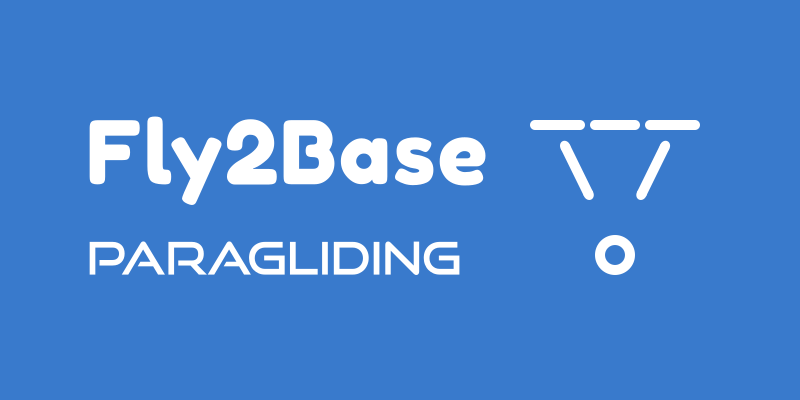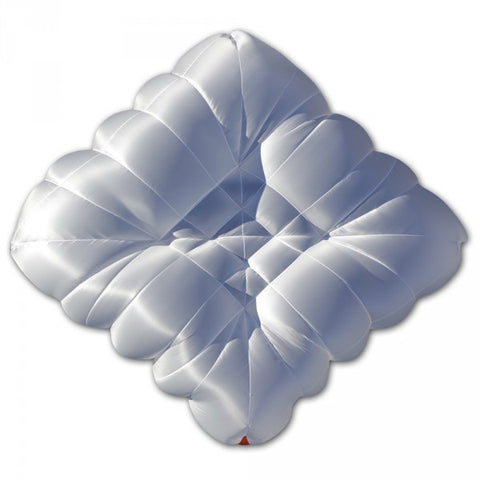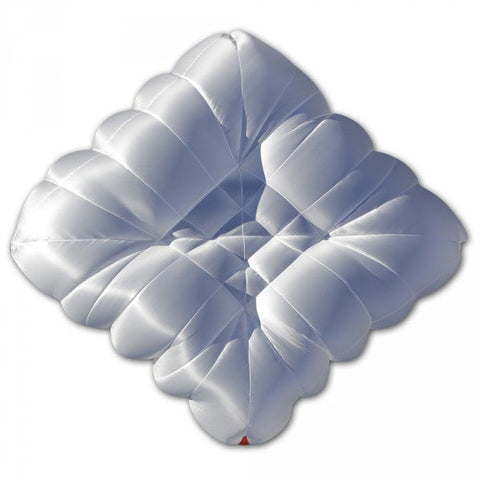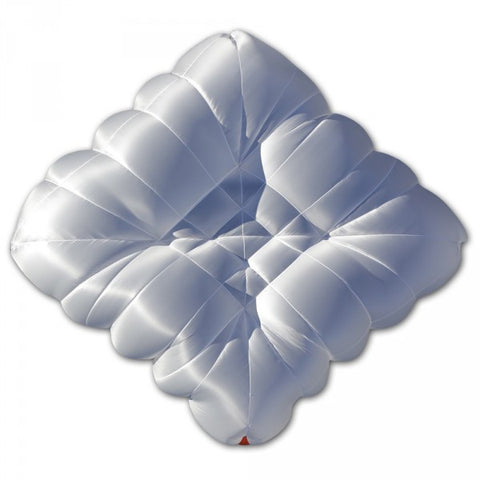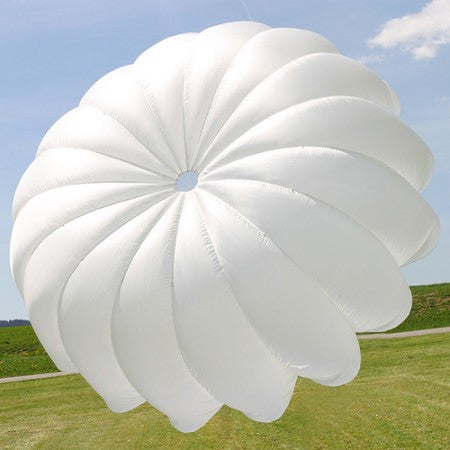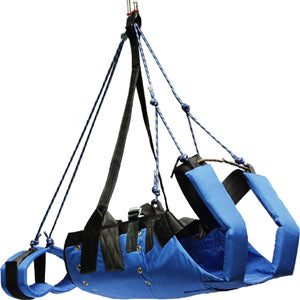
CHARLY TARGETcross ST light (Steerable Square)
CHARLY TARGET cross ST light is a Steerable Square Paragliding Reserve Parachute
The CHARLY TARGET cross combines all the benefits of a cross canopy with the added safety offered by the optional controllability of the ST versions.
The highest quality materials, particularly the waterproof, super-light fabric and Dyneema suspension lines, ensure minimal weight and pack volume.
The TARGETcross's unique flight qualities arise from its intricate manufacturing process, which involves varying line lengths. Although the packing method of the TARGETcross differs slightly from that of a standard cruciform canopy, it is not any more complicated.
The canopy trim with its S-shaped flap ensures a high righting moment, so that the TARGETcross is briefly in the stall range after deployment. This reliably prevents the reserve parachute from deploying in a downplane orientation. The paraglider is quickly relieved of pressure and dives. This prevents the risk of a scissor-like position between the reserve parachute and paraglider, facilitates the retrieval of the main parachute, and allows the removal of a riser with a FINSTERWALDER Pinlock or even conventional carabiners.
The TARGET cross sinks in the stall range like a conventional cruciform canopy. The subsequent forward movement towards the red corner further decreases the sink rate.
Controllability is an optional feature of the ST versions of the TARGETcross. If it is not activated after opening, for example, due to insufficient altitude, the landing proceeds as with a conventional cross canopy. If needed, the basic versions of the TARGETcross can be retrofitted by the manufacturer to enable control.
CHARLY TARGET cross Important features
- Optionally controllable (ST versions)
- High pendulum stability thanks to the S-shaped canopy trim
- The base of the TARGETcross is fanned out in a zigzag pattern using different line lengths. This significantly accelerates air entry into the canopy.
- Effective reduction of the risk of rescue lines being eaten away: The lines of the TARGETcross are longer so that the canopy opens approximately in the radius of the main canopy and not in the area of the paraglider lines.
- Smooth and supple Dyneema line material allows for control even during multiple twists.
- Inner container developed for the G-Force Trainer with an extra compartment for the suspension lines; available for integrated containers or front containers.
We Also Recommend
